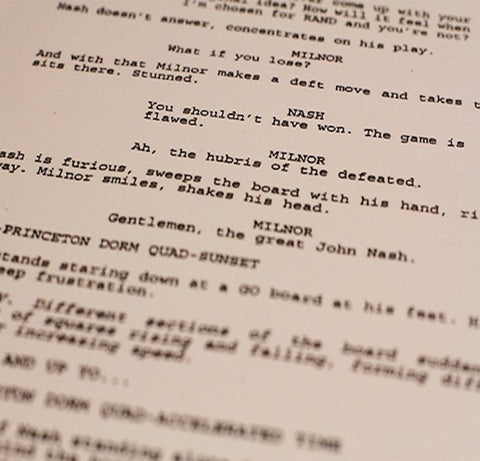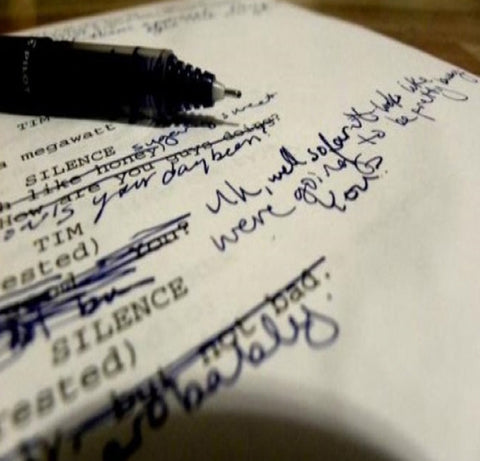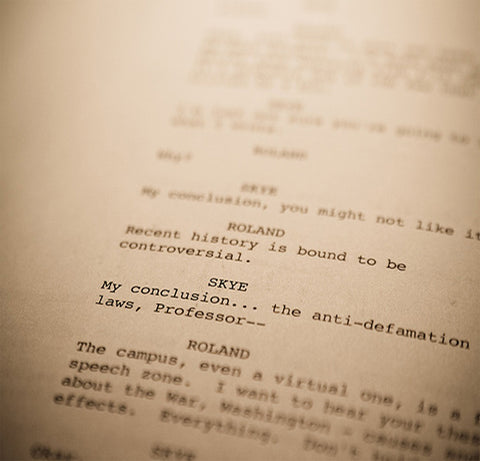
Master Screenwriting: Ambiguity
Ambiguity is a consistent differentiator we see at ScriptArsenal between scripts by newer writers, up-and-coming writers, and established pros. Does ambiguity mean a confusing script? No, in fact the whole point of ambiguity is that it must be intentional and clear. Let’s consider some examples from masters of cinema (SPOILERS AHEAD).
Christopher Nolan’s INCEPTION concludes with a spinning top. It is previously established in the narrative that the behavior of this spinning top is a telltale sign of the difference between reality and the dream world. The film ends ambiguously, cutting on the spinning top. The audience must live with the ambiguity – never knowing if the ending occurs in the dream world or reality.
The Coen brothers’ NO COUNTRY FOR OLD MEN concludes with Tommy Lee Jones’ character telling a long, rambling monologue about two different dreams he had. What does it mean? Among other things, he appears to acknowledge both his desire and his inability to rely on the wisdom of his ancestors to make sense of the depravity of the modern world (you’ll be thinking about it long after the movie is over). Regardless, it’s a tantalizing ambiguity driven by theme, not simple confusion.
In John Carpenter’s THE THING, the film ends with only two survivors, Kurt Russell and Keith David’s characters. They sit in the snow, weapons ready to kill each other, both suspecting the other is “The Thing.” The audience never finds out if either man is right, and the film ends. We are left to ponder it.
These three filmmakers are living legends. Their work is going to survive generations. Why would they choose to end their films in these ambiguous ways? Wouldn’t that be potentially frustrating for the audience?
The answer is no. Consider THE GODFATHER PART II. Michael Corleone’s deadly dance with Hyman Roth is delivered almost completely in ambiguity. They have a seemingly peaceful meeting as Hyman Roth eats a sandwich and watches football, and Michael leaves the meeting convinced Roth tried to have him killed.
How did he get there? And is Roth really that powerful, if he’s got this quiet, almost mundane life and manner? The answers require careful attention. Roth’s speech about the death of Mo Green is telling as to his motivation. His entire character is an act – at one point Michael mentions Roth has been dying of the same heart attack for the last twenty years. Roth plays the part of quiet, feeble old man, but in reality is dangerous and powerful.
None of this is accidental. This is why THE GODFATHER PART II is considered by some to be one of the best films ever made. The film refuses to spoon-feed the audience anything. Do you use ambiguity in your screenwriting? How? Let us know in the comments below.




